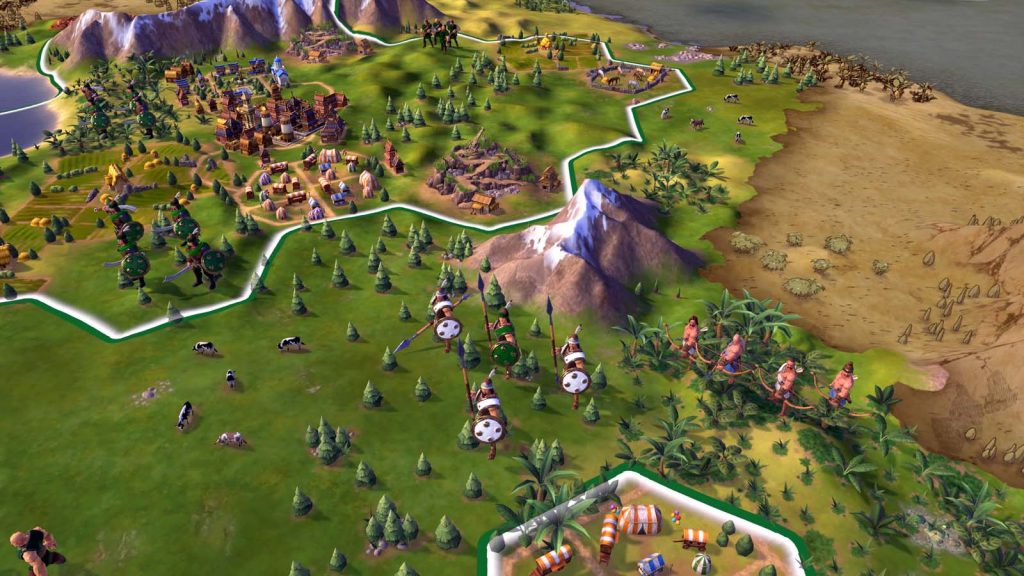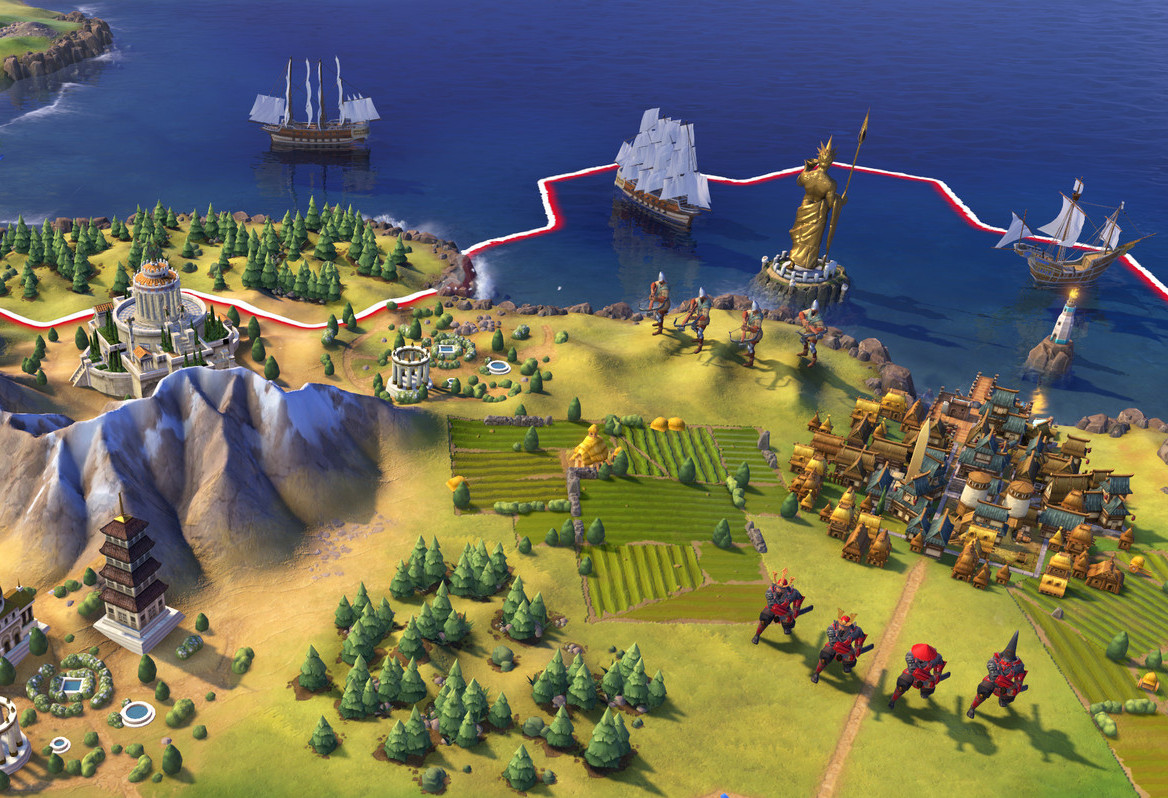

The physiognomy of lines: graphology and chirognomony as components of Eisensteinian creative method.


Film scholar and psychologist Julia Vassilieva revisits Eisenstein’s collaboration with cultural psychologist Lev Vygotsky and neuropsychologist Alexander Luria and analyses how it enabled Eisenstein to address Grundproblem, the main problem of art researched in Method.

Cultural theorists Ada Ackerman and Olga Kataeva shed light on Eisenstein’s interest in graphology and chirognomy and his fascination with occultism – dimensions of his creative method which are much in need of further exploration and understanding. Drawing on her expertise in neurosciences, Anna Kolesnikova explores how Eisenstein’s treatment of expressive movement, embodiment of emotional theme and pathos anticipates embodied perspective in contemporary film studies. Reflecting on more than thirty years of experience as a leading Eisenstein scholar, Professor Ian Christie discusses the evolving graph of Eisenstein’s reputation – away from films and towards a closer engagement with his writings and graphics that allow a growing number of theoretical perspectives to claim his legacy. The panel bridges historical perspective in film studies and current advances in what can be described as ‘psy’ disciplines - the disciplines that aim to both understand subjectivity and to form, mold or construct a subject, in which attention to the body and the senses become increasingly prominent. It offers an analysis of the mobilization of Eisenstein’s heritage by various approaches within film studies and neighboring disciplines and provides some examples of the emerging ‘readings’ of Eisenstein from the positions of psychology and neurosciences, physiognomy, graphology and chirognomy. Whereas Kondratiuk’s small and personal cinema was initially met with extreme hostility because his aesthetic confused the “ontological status of the characters” and questioned the codified line that separates filmic fact and fiction, the slow acceptance of Kondratiuk into the pantheon of Polish cinema in the 1990s, as Guść explains, points to a fundamental reconfiguration of the private and the public sphere in post-socialist Poland.Įisenstein reloaded: new directions for research This interdisciplinary panel explores the recent trends in the reappropriation of the legacy of revolutionary Russian filmmaker and film theorist Sergei Eisenstein as more of his texts come to light and become translated (his late magnum opus Method, Moscow 2002 and the recently translated Notes for a General History of Cinema, Amsterdam 2015) and as film theory raises new issues pertinent for the twenty first century. Taking her cues from Yuri Tsivian’s seminal reflections on technological innovation and changing reception patterns (which seem relevant not only to early cinema but also to the new forms of spectatorship in the age of YouTube), Guść traces the fascinating career of director Andrzej Kondratiuk who in the second half of the 1980s deliberately turned from being a state filmmaker into an independent filmmaker and developed a radically personal “home movie” aesthetic, using his extended family as actors. Iwona Guść in her contribution “Polish Film Culture in Transition: On the ‘Private Films’ of Andrzej Kondratiuk (1985-1996)” looks at the tensions that can arise between the structures of small national cinemas and “small” forms of filmmaking. With a case study on the Transilvania International Film Festival, I attempt an inquiry of three interconnected aspects employed in exploring film festivals and their transnational dimension: the impact of the new media on the audience, the challenge of identity and the possibility to create a city/ country branding. European identity, and the possibility of building a cultural city/ country branding. The article examines the cultural determinants and the new vocabulary of visual discourse, exploring the implied questions regarding national identity vs. The international film festivals are seen as cosmopolitan spaces (Chan 2011, 253), yet, the new morphology of film festivals-perceived as "public spheres" or as new objects of historical research-bring a new light on film festivals and the theory of culture and visual discourse, especially with the new reconfiguration of festivals in Europe, the insertion of new technologies and new opportunities to explore local identity. Abstra ct: European film festival venues are explored in their relation to transnationalism, a " supranational sphere ", as well as with political and economic implications (Acciari, 2014).


 0 kommentar(er)
0 kommentar(er)
